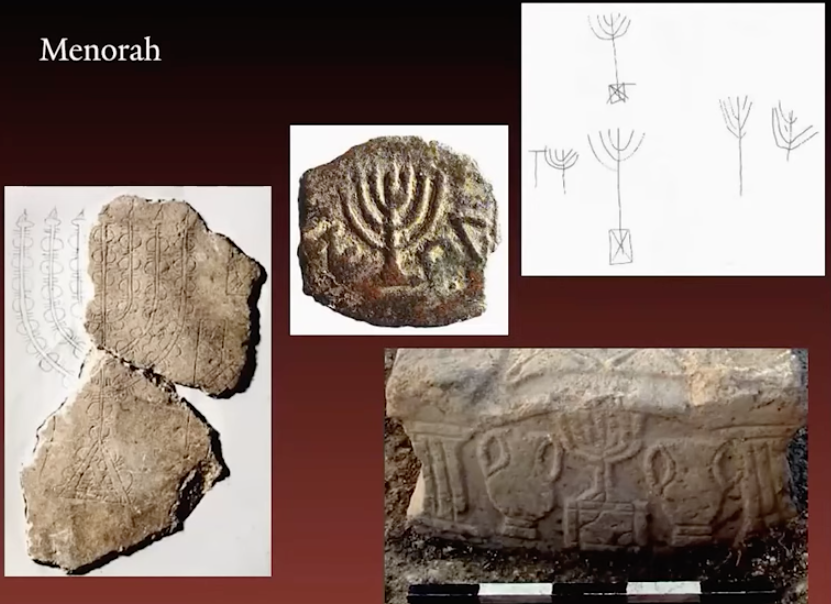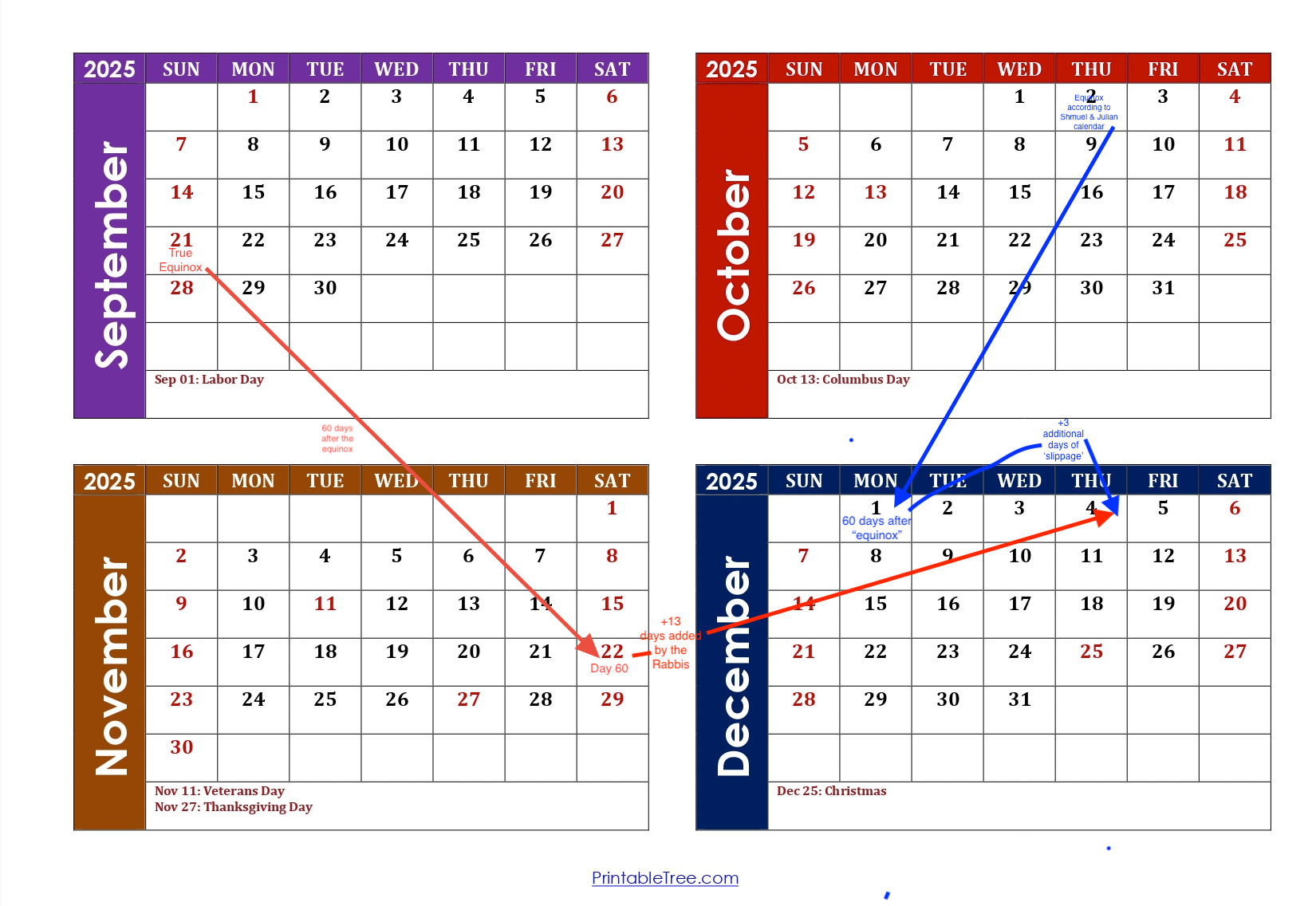Since its construction in Jerusalem, it was prohibited to offer a sacrifice outside of the Temple. However, in today's page of Talmud there is a list of animals which, even if offered outside of the Temple, incur no penalty to their owner. Among these are an animal that was born by caesarean section:
זבחים קיב, א
ויוצא דופן שהקריבן בחוץ פטור
One who sacrifices an animal born by caesarian section, outside of the
Temple, is exempt from punishment.
The term יוצא דופן literally means "brought out through the wall", the wall in question being the abdomen. Animals born by c-section may not be used as sacrifices in the Temple. There is something different, not quire right, perhaps not normal, about them. That's why these same c-sectioned animals may be offered outside of the Temple without penalty. Or as the Mishnah on today's page puts it, "whatever is not fit to come as a sacrifice in the Tabernacle [used in the wilderness], carries no liability if offered as a sacrifice outside of it."
The indications for a caesarean section in a cow
Before we go further, a clarification. The surgical procedure about which we are discussing can be spelled in various ways: caesarean, Caesarean, cesarean or just plain "c." Take your pick. Anyway, according to the American College of Veterinary Surgeons, there are several indications for performing a c-section in a cow:
Inadequate cervical dilation (not enough relaxation of the cervix muscles)
Abnormal pelvic bone conformation (shape) in the cow
Rupture of the cow's abdominal musculature
Problems with uterine position or uterine function
Abnormalities of the cow's uterus or vagina
Abnormal calf position that is not correctable through the vagina
Fetal monsters (congenital defects)
Presence of a dead fetus
Standing left oblique celiotomy approach. The placement of the incision is indicated by the dashed line. From Schultz L.G. et al. Surgical approaches for cesarean section in cattle. Can Vet J 2008;49:565–568
Having decided that your cow needs a c-section, there are no fewer that eight different ways you could operate on her to pull this off. Eight! Here they are: (The positions described are that of the cow, not that of the surgeon.)
standing left paralumbar celiotomy,
standing right paralumbar celiotomy,
recumbent left paralumbar celiotomy,
recumbent right paralumbar celiotomy,
recumbent ventral midline celiotomy,
recumbent ventral paramedian celiotomy,
ventrolateral celiotomy,
standing left oblique celiotomy
According to this helpful paper published in the Canadian Medical Journal, it is the left oblique approach that is preferable under most circumstances. This is because the uterus is readily removed from the abdominal cavity limiting contamination of the abdominal cavity.
...and in sheep
In sheep, things are only slightly different. The most common cause for performing a c-section is a fetal lamb in the wrong position, one which cannot be safely corrected by manipulation. This is the cause of about 50% of all sheep c-sections. The cause of about another third is incomplete or non-dilation of the cervix which has failed to respond to medical treatment. Feto-pelvic disproportion, in which a single large lamb is too big to pass through the maternal pelvis account for another 5%. There are generally three approaches to the c-section: through the flank, through the midline, and through an incision parallel to the midline, which is called the paramedian approach. Today the midline approach is not recommended, because it requires a general anesthetic, as opposed to a local injection. (You can read more about c-sections in the ewe in this helpful article.)
Exceptional animals with exceptional births
In modern Hebrew the phrase meaning a caesarean section, יוצא דופן, has another meaning: exceptional. Which certainly describes these animals born by c-section. In the pre-modern era, when there were neither local anesthetics nor antibiotics, there would have been only one survivor of a c-section if you were lucky, and it wasn't the mother. For these animals who, but for the intervention of a skilled vet would otherwise have died in-utero, perhaps being spared from sacrifice was rather fitting. If their birth was abrupt, bloody and at the hands of a human, perhaps their deaths could be different.
“בהמה המקשה ללדת ויש סכנה לחייה, כי הוולד מת, והרפתנים קובעים שצריכים לחתוך את הוולד ולהוציאו דבלי זה הפרה תמות. אם מותר לעשות זה בשבת. אם צער בע”ח דוחה איסור מוקצה. הב”ח בסימן שח סעיף כג, מדבריו משמע דמשום צער בע”ח שרי טלטול מוקצה. וכנראה שהמחמירים לא ראו דברי הב”ח ולכן יש להתיר וכדאי הוא הב”ח לסמוך עליו
The question of performing an emergency caesarean section on animal on Shabbat:
...Does the prohibition of not causing pain to animals override the prohibition of מוקצה muktzeh [not touching certain items on Shabbat]?...Those who are strict in this matter [and prohibit the c-section] have not seen the words of the Bach [R. Yoel Sirkis 1561-1640]. It is permissible [to perform the surgery] and appropriate to rely on the opinion of the Bach”





